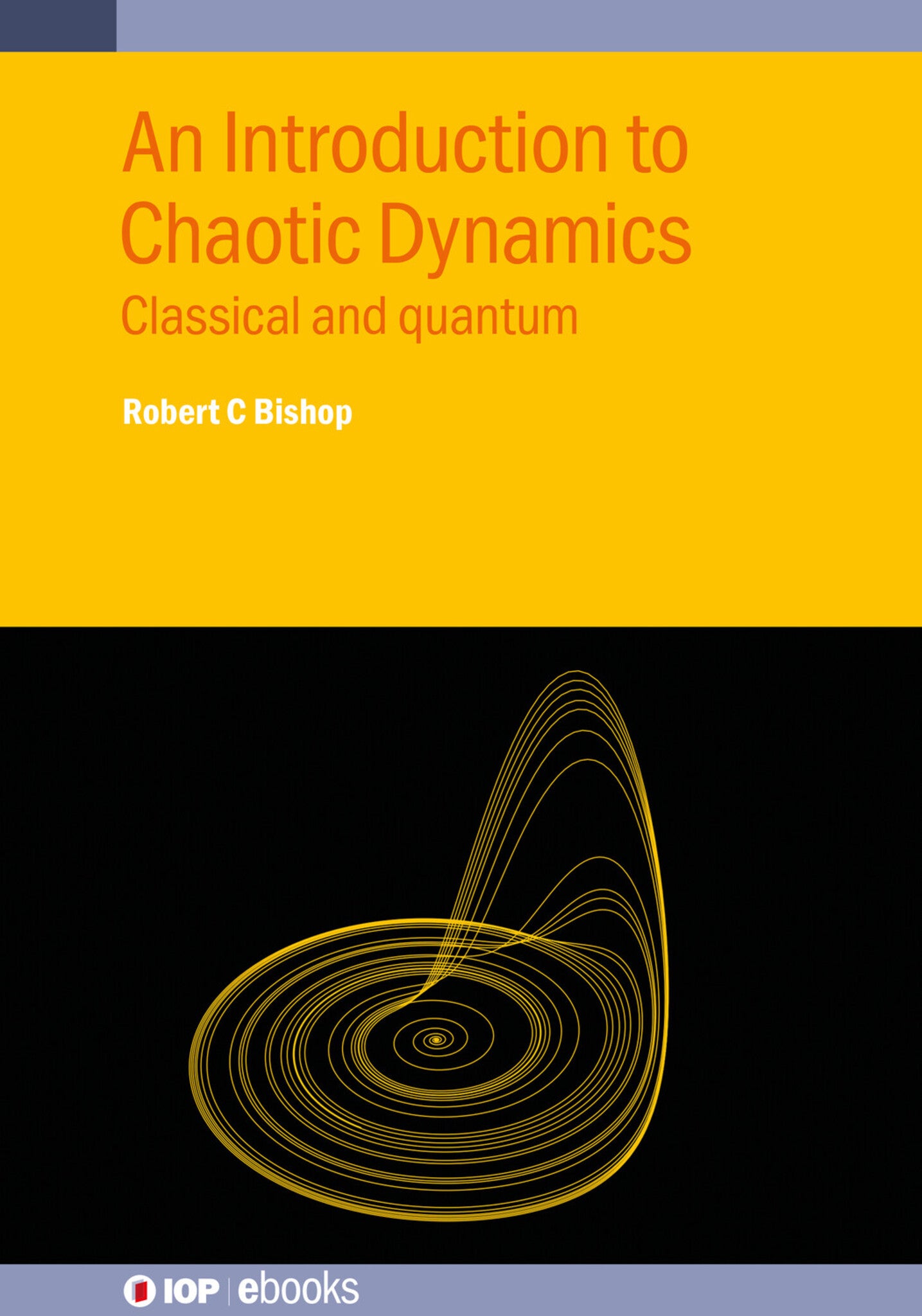We're sorry. An error has occurred
Please cancel or retry.
An Introduction to Chaotic Dynamics

Some error occured while loading the Quick View. Please close the Quick View and try reloading the page.
Couldn't load pickup availability
- Format:
-
23 May 2025

Chaos theory is an interdisciplinary area of scientific study and branch of mathematics focused on underlying patterns and deterministic laws of dynamical systems that are highly sensitive to initial conditions. While the rules describing chaotic dynamical systems are well-specified and simple, the behaviour of many such systems is remarkably complex and produces output that appears random and for which long-term prediction is limited. The book begins by laying out preliminary material needed to understand the literature on chaos, providing the background that any reader would need to be able to navigate the literature. It goes on to discuss the history of the field, the different definitions of chaos and the implications of chaos for modelling phenomena and forecasting system behaviour before rounding out with broader implications.
Key Features:
-
Accessible introduction.
-
Chaos in classical and quantum systems.
-
Reviews the various definitions of chaos.
-
Modelling, forecasting and mitigation.
-
Broad review.

SCIENCE / Chaotic Behavior in Systems, Chaos theory, MATHEMATICS / Probability & Statistics / Stochastic Processes, Nonlinear science, Stochastics

Preface
Acknowledgements
Author biography
1 Preliminaries
2 A brief history of chaotic dynamics
3 The phenomenology of chaotic dynamics
4 Dissipative chaos and strange attractors
5 Challenges for defining chaos
6 Implications for modeling and forecasting
7 Quantum influences on macroscopic chaotic systems
8 Quantum mechanics and quantum chaos
9 Chaos and the classical-quantum relationship
10 Broader implications
Appendix A: The chaotic hiararchy
Appendix B: Topological entropy
Appendix C: Global Lyapunov exponents



